From unmounted TVs to toxic houseplants, pediatricians shared 17 dangers they avoid in their living rooms
Monica Humphries

- Insider spoke to five pediatricians about things they avoid in their own living rooms.
- Unbracketed furniture topped their list of things to avoid when childproofing the home.
- Others mentioned avoiding baby walkers and exposed electrical outlets.
From the kitchen to the nursery to the living room, a home is riddled with potential risks.
And when you have children, preventing those risks can feel overwhelming.
"Try not to overwhelm yourself, but start thinking about what your child could get into," Dr. Amna Husain, a pediatrician, lactation consultant, and mother, told Insider.
Pediatricians are here to help. Insider spoke to five pediatricians who shared how they childproofed and babyproofed their living rooms to prevent injuries, electrocution, and other dangers.
Unbracketed furniture: All five pediatricians say unstable furniture doesn't belong in a living room.
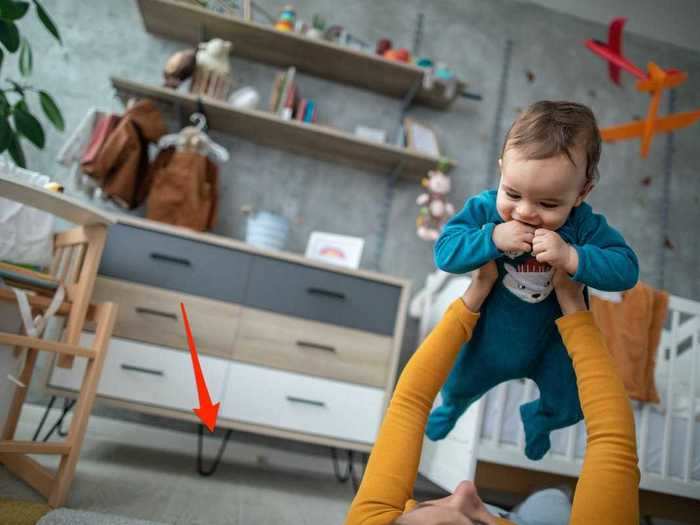
Every pediatrician Insider spoke to said they made sure heavy furniture was secured to the wall.
"In any room, we have to be concerned about the furniture," Dr. Meghan Martin, a pediatric emergency medicine physician at Johns Hopkins All Children's Hospital and a mom of four, told Insider. "Furniture really should be secured to the wall using a bracket, wall strap, anchor — something that's pretty strong. So if the kid does try and climb on it, it's not going to tip over on them."
As part of its Anchor It campaign, the US Consumer Product Safety Commission reported that nearly 475 children died of tip-over incidents between 2000 and 2019, with a majority of fatalities involving children under 6.
Simple, affordable brackets or furniture straps can make a huge difference.
Unmounted TVs: Similar to heavy furniture, a few pediatricians made sure to mount their TVs to the wall.
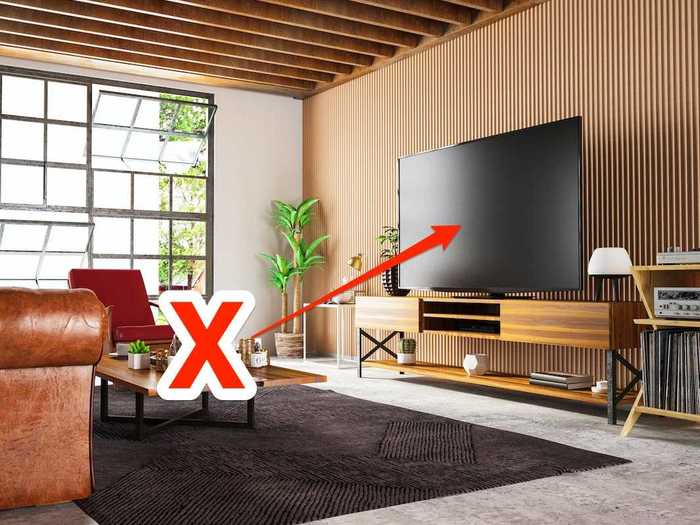
Dr. Denise Nuñez, a pediatrician in a critical care unit in New York and a mother of two, urged families to mount their flat-screen televisions to the wall or make sure they are securely strapped down.
Similar to the worry of furniture topping onto a child, unmounted televisions pose the same risk.
Baby walkers: One pediatrician urged families to ditch potential electrocution hazard.
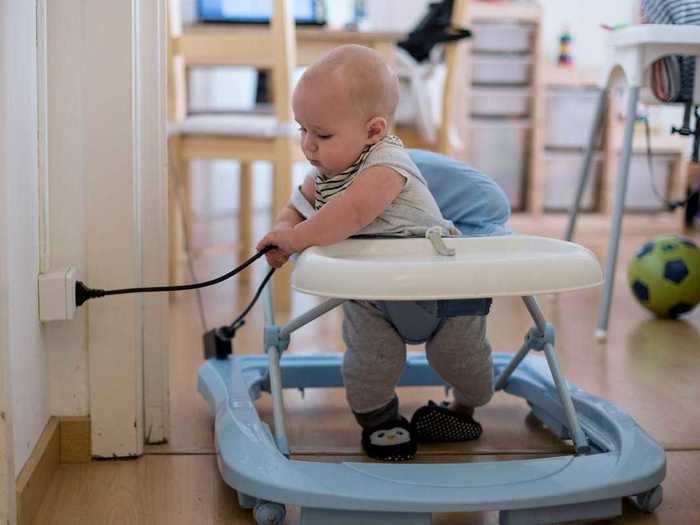
Husain said her children never used a baby walker, and that's because there's a large body of research that shows that they're not safe.
"Even though we've been saying this for years and years, parents are still wanting to bring it into their homes," Husain told Insider.
In a walker, an unsupervised baby can easily walk into dangerous areas of a home, like a staircase, pool, or hot stove. They could also bump into a wall, which could dismount art or furniture.
Baby walkers are so dangerous that the American Academy of Pediatrics called for a ban on the sale and manufacturing of mobile infant walkers.
Healthy Children urges parents to ditch the baby walker and opt for something stationary, like a playpen.
Toys with small parts: Pediatricians say parents should sort through their kids' toys to remove any with tiny pieces that could present a choking hazard.
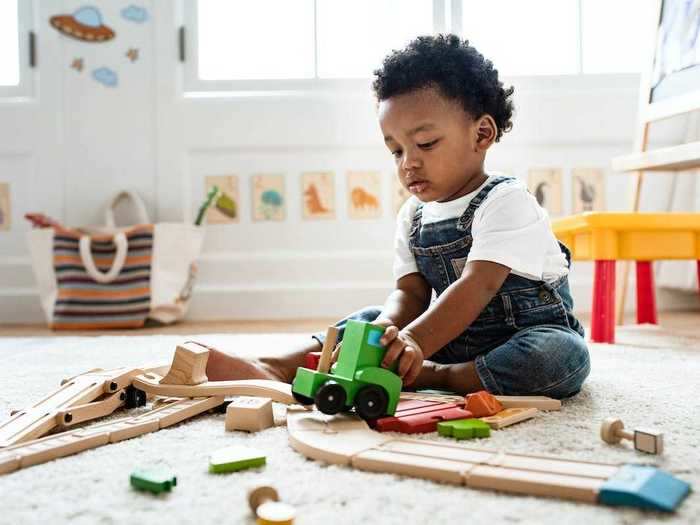
According to the American Academy of Pediatrics' Healthy Children website, children between the ages of 6 months and 3 years are at the highest risk for choking on food and non-food items.
Every pediatrician said that toys with small pieces are a potential choking risk.
"We did try to always sure that the toys we brought into our home are not a choking hazard," Husain said.
To decide if a toy is a choking hazard, Dr. Nkeiruka Orajiaka, an ER pediatrician and mother of three, suggested using the toilet tube test. If a toy can fit through the toilet paper tube, which is about 1.25 inches, it's a choking hazard.
From there, you can separate toys into which ones you don't want in your home, which ones a child can play with supervised, and which ones are allowed for unsupervised playtime.
Window blinds with long cords: Pediatricians say it's important to check that window blinds don't have long cords, which pose a strangulation risk.
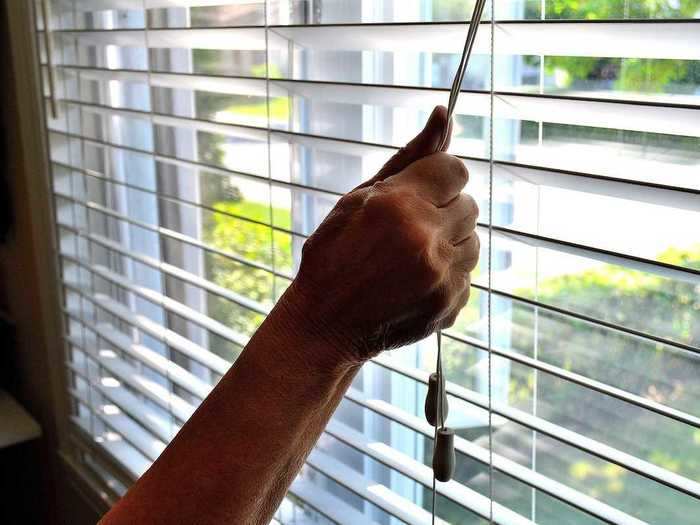
Especially if your home is older, be on the lookout for blinds with long, looped strings, the pediatricians warned.
These dangling strings pose a strangulation risk. Between 1990 and 2015, about two kids a day, or 17,000 children, went to the emergency room for injuries related to corded blinds, according to a study published in the journal Pediatrics.
If your home has these cords, cut the loop and purchase a cord winder or wrapper.
Fortunately, in 2018, a new safety standard was set and blind manufacturers were required to produce window coverings that are either cordless or have inaccessible cords, according to USA Today.
Unlatched windows: The pediatricians reminded families that windows need to be latched and have baby guards.
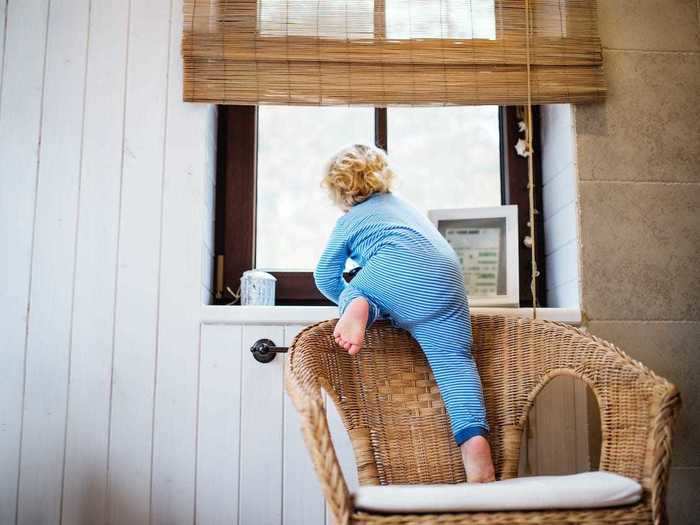
"An unsupervised child can cause all sorts of trouble," Dr. Krupa Playforth, a pediatrician based in Virginia, said. One of the countless concerns is that child accessing a window and potentially falling out, she explained.
Most of the pediatricians Insider spoke with urged families to make sure every window in your home is latched properly and has a window guard, especially on floors above the first.
In the US alone, an estimated 15,000 children injure themselves from window falls each year, according to Cincinnati's Children's, a nonprofit academic medical center.
Martin stressed that window screens are not enough.
"We want to make sure that the windows are secure and that they have latches on them," she said. "A screen is not going to protect the kiddo, so we don't want to leave a baby in the room with an open window."
Playforth added that they've designed window guards with a quick release, which allow families to escape in an emergency, like a house fire.
Button batteries: Be aware of what items have these small batteries, and make sure they're far from your child's reach.
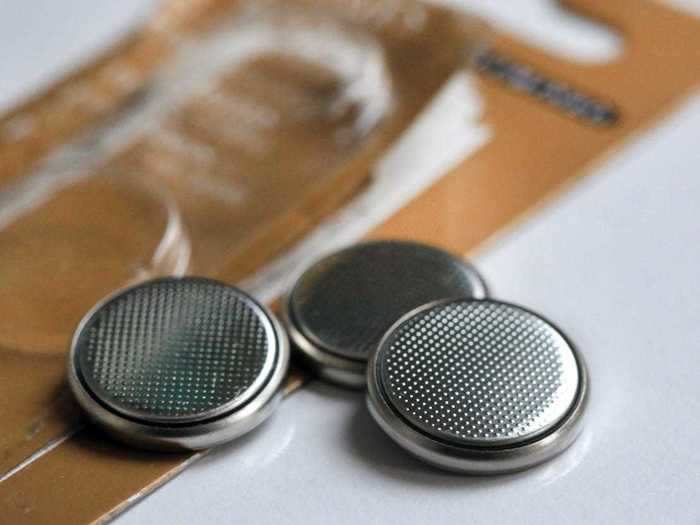
Orajiaka stressed the danger of button batteries.
While she knows button batteries are in essential items, like hearing aids, key fobs, calculators, and watches, Orajiaka urged parents to keep them far from their children's reach.
"They're small but dangerous," Orajiaka told Insider. Button batteries have amounts of sodium hydroxide, or lye, in them that can cause burns and infections, according to Healthy Children.
Healthy Children also reported that more than 2,800 children end up in the emergency room each year due to ingesting button batteries.
Orajiaka recommends finding every appliance in your home that uses button batteries and then making sure they're out of the child's reach and stored in high places or locked in cabinets.
Appliance cords: Pediatricians suggest keeping an eye out for appliances that have long cords and storing them away when they're not in use.
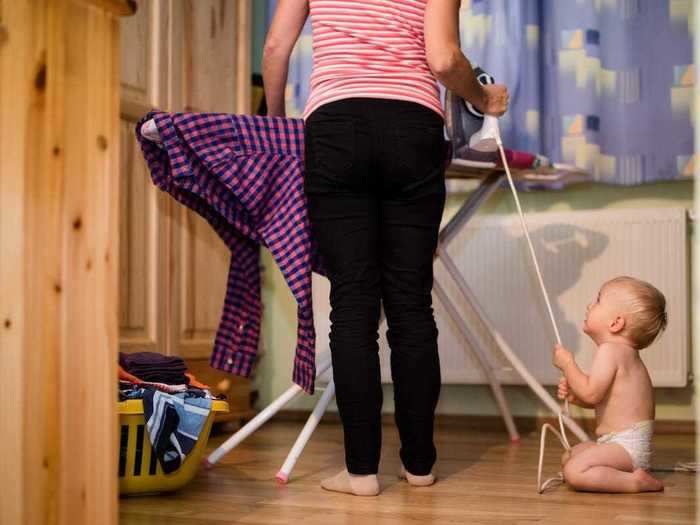
Dangling cords, whether from a TV, iron, or lamp, pose a potential risk.
A child could pull down a heavy appliance and injure themselves, or a lengthy cord could strangulate or asphyxiate a child.
So if it's an appliance that can be stored away, make sure to put it in a place your child can't reach and keep the cord wrapped up.
If it's something frequently used in a household, like a TV, secure the cord by using something like cord covers.
Guests' personal belongings: Martin said guests' purses and bags go in high places when she has visitors over.
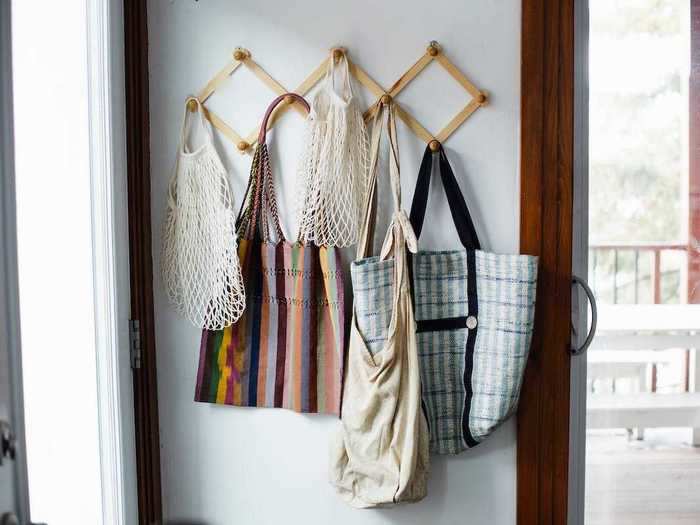
When you welcome friends, family members, and guests into your home, you don't always know what they're bringing with them, Martin explained.
For example, Martin said grandparents may come over with medications, or even firearms, in their purse, and that parents "want to make sure those items are secured, and that those bags and purses are put up in a safe place."
Uncovered outlets: Make sure every outlet is covered so curious toddlers don't get electrocuted.
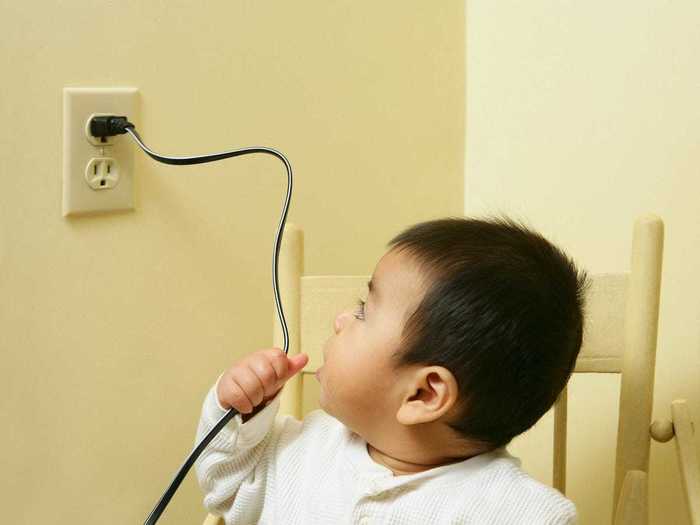
Every pediatrician mentioned using outlet covers.
According to the Electrical Safety Foundation International, about 2,400 children receive treatment in the US for injuries related to electrical outlets.
In a survey by the foundation, nearly one-third of parents didn't cover their outlets. But that's one of the best ways to prevent electrical outlet injuries.
When purchasing outlet covers, look for ones that are tamper-resistant and don't have small pieces, which could be a choking hazard.
Orajiaka also suggested placing heavy furniture in front of the outlet so children can't reach it.
"Using furniture to cover it completely means they don't even have access to it," she said.
Uncovered radiators: One pediatrician mentioned that uncovered radiators can lead to burns.
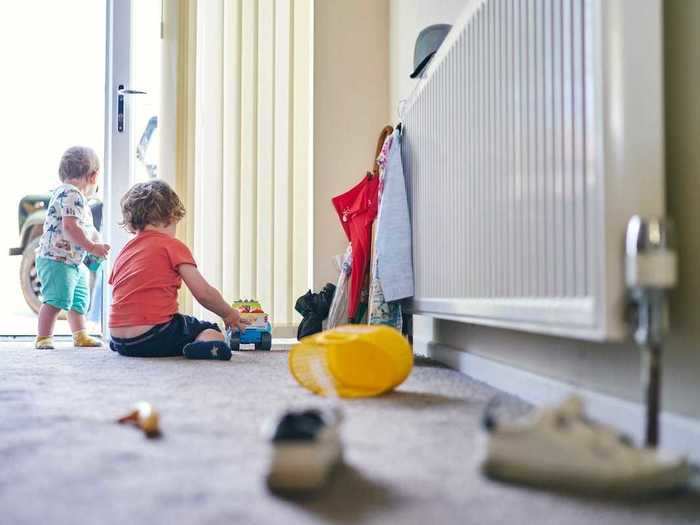
Orajiaka's home in New Jersey relies on radiators for warmth in the winter, which can reach hot temperatures. But an uncovered radiator could put wandering toddlers at risk of burns, so Orajiaka made sure they were all covered while childproofing her home.
Ungated fireplaces: No pediatrician left their fireplace ungated, whether a fire was roaring or not.
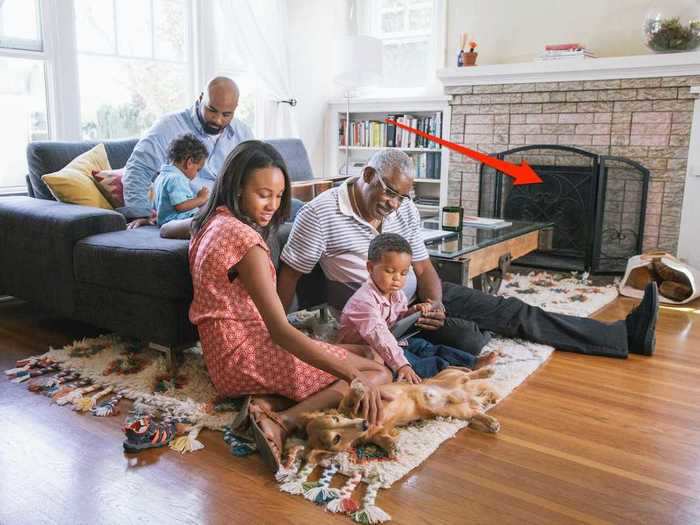
Add a safety gate to your fireplace to prevent a child from burning themselves when the fire is going.
The gate will also be helpful when the fire isn't blazing. Orajiaka described her daughter immediately exploring the fireplace and its leftover ashes when her family moved into a new home.
"Even though we were not using it, we had to close it off," Orajiaka said.
Other pediatricians suggested making sure the heavy, pointed tools are out of a child's reach and a fire extinguisher is nearby.
Uncovered coffee table corners: No sharp corners are in these pediatricians' homes.
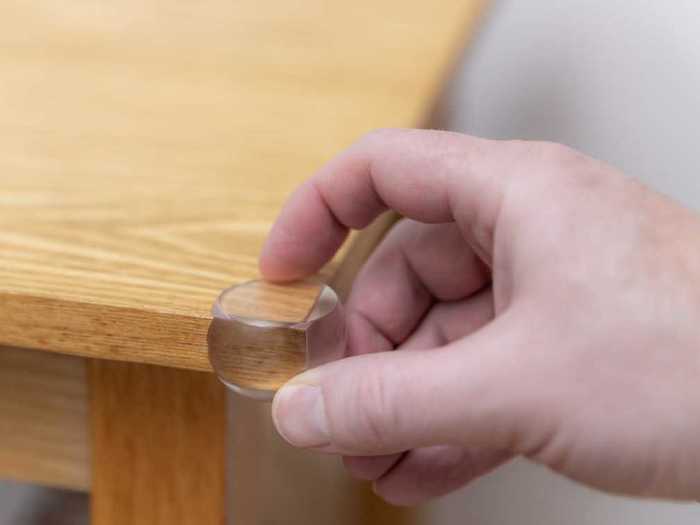
Husain said a toddler's changing height can make them susceptible to head injuries from the sharp corners of furniture, like coffee tables and side tables.
Husain said she's seen countless of these head injuries as a pediatrician, and Harvard Health Publishing reports that tens of thousands of children end up in the emergency room each year due to head injuries.
One way to help prevent head injuries in the home is to make sure all the sharp corners are covered and protected.
The pediatricians Insider spoke to avoided heavy artwork and mirrors in active areas throughout their living room.

Heavy wall art, whether it's mirrors, paintings, or other artwork, poses a risk of falling off the wall and onto your child. If the decor is encased in glass or has sharp corners, this could cause serious injuries.
Husain and Orajiaka suggested avoided heavy artwork in places that your child could bump into or reach and pull down.
If you do decide to have some artwork, opt for things that are light. Hang the artwork securely and place the decor farthest from where your child plays.
Exposed lamp cords: Similar to artwork, be wary of large lamps and other items that could easily be pulled off furniture.
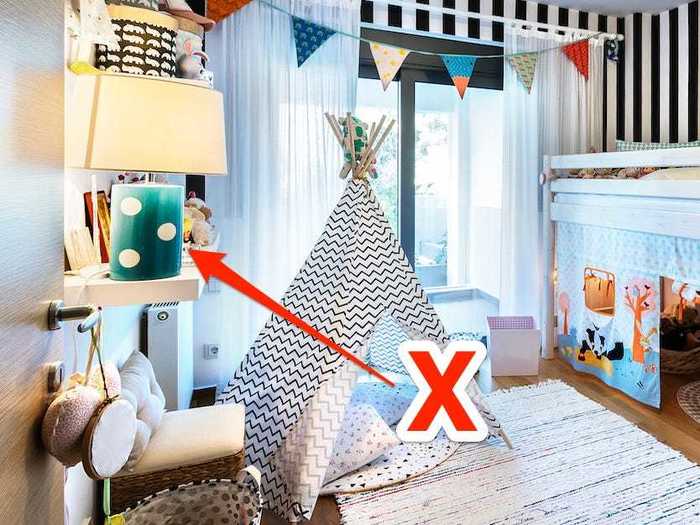
Playforth said large lamps can easily be pulled off of a side table.
"This could apply to multiple different rooms, but big lamps are harder to secure," Playforth said. "You want to make sure that your child doesn't pull the lamp onto themselves."
If it's heavy enough, the lamp could cause serious injuries to your child.
If you can't avoid a lamp, make sure its cord is secure and consider using something like a cord cover.
Hot liquids at a table's edge: Be aware of where you're placing your hot coffee or tea.
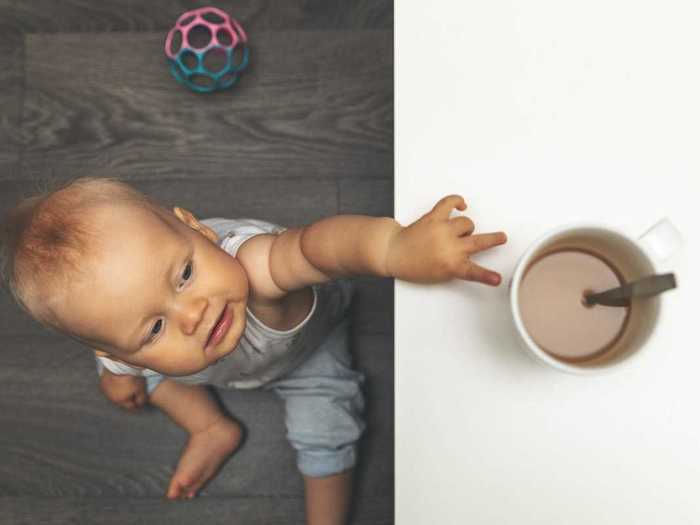
Most of the pediatricians urged parents to think twice about where they set their morning cup of coffee or tea.
"If it's still really hot, just off the stove or out of the microwave, we want to put it in a place that's safe," Martin said. "That way kid is not going to be able to grab it."
So if you're eating or drinking something hot, keep it out of reach your child's reach.
Toxic houseplants: Research every plant before you bring it into your living room.
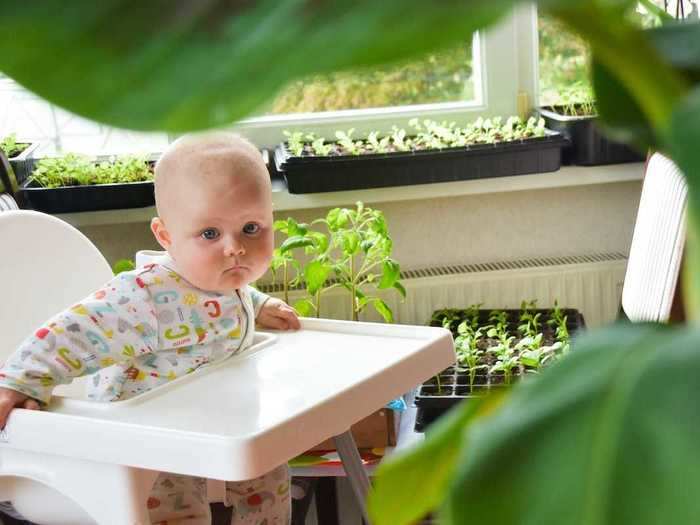
Just like houseplants can be toxic for pets, they are often also toxic to babies and children.
Double-check that each plant you bring into your home is safe, especially if it's going to be within your child's reach. Otherwise, opt for something else.
"Nobody really thinks about poisonous houseplants," Playforth said, adding that it's important to have poison control's phone number handy. Either memorize it, save it in your phone, or post it on a communal bulletin board.
In addition to these recommendations, the pediatricians Insider spoke to also suggested saving poison control's phone number, taking a CPR class, and reading up on first aid tips.
With all these tips in mind, the pediatricians reminded families to cherish their time with their babies.
READ MORE ARTICLES ON
Popular Right Now
Popular Keywords
Advertisement